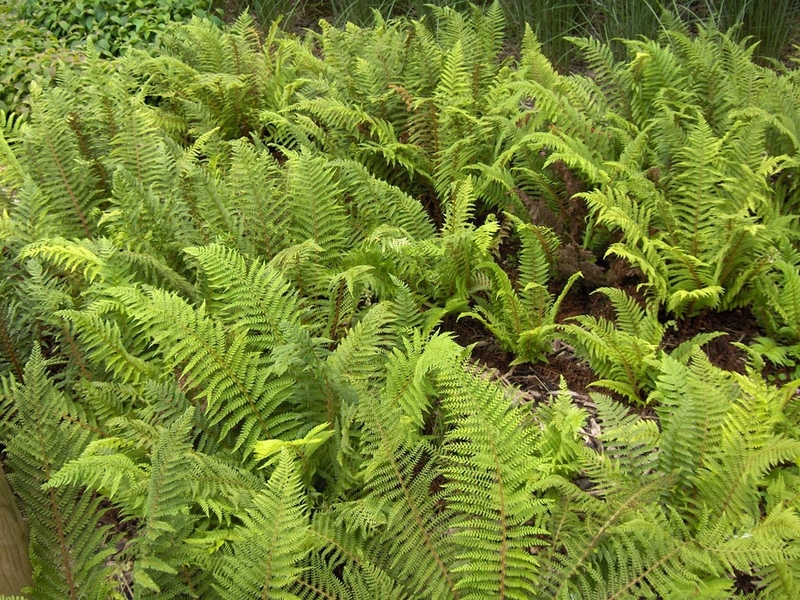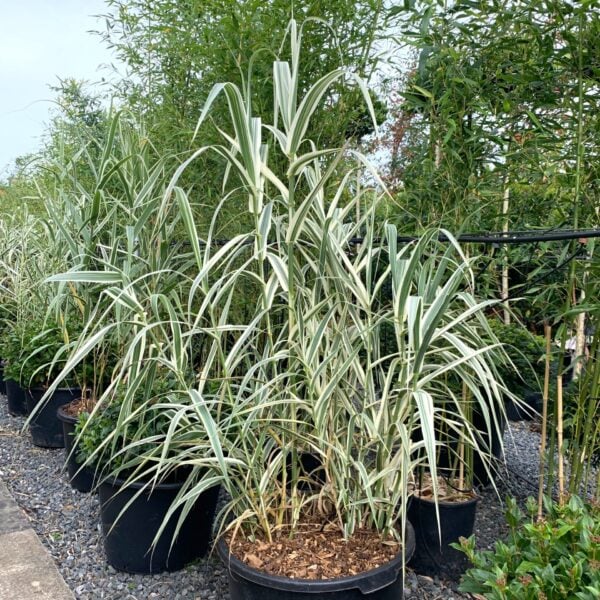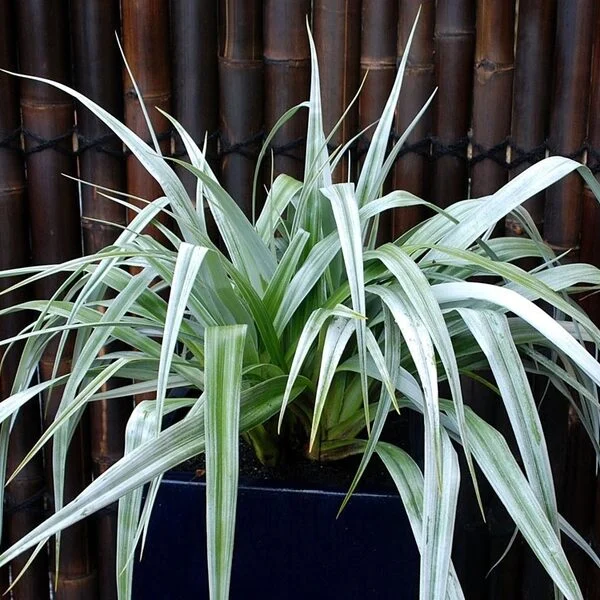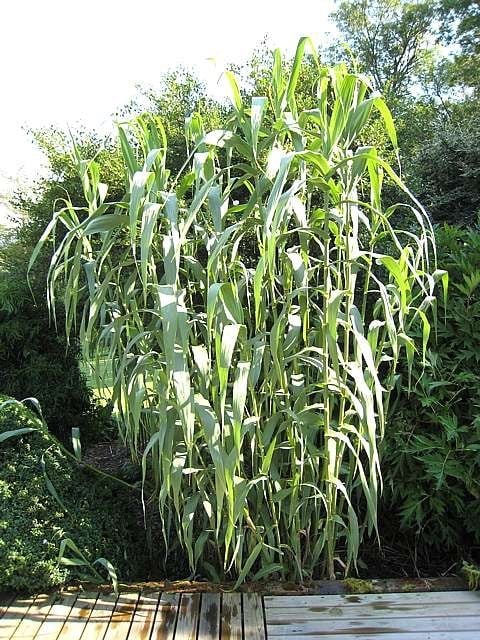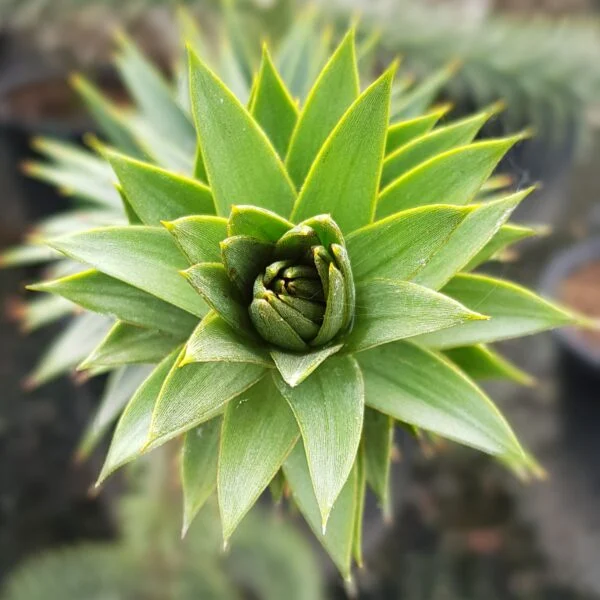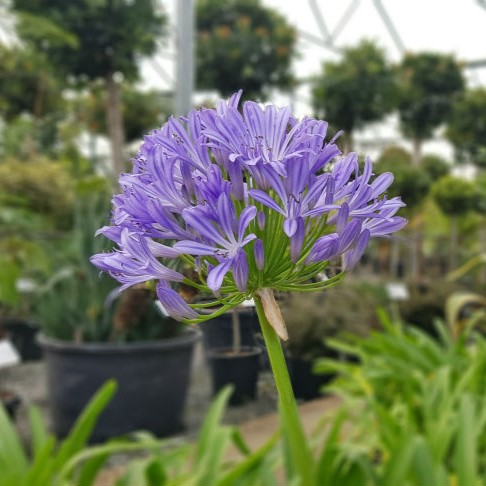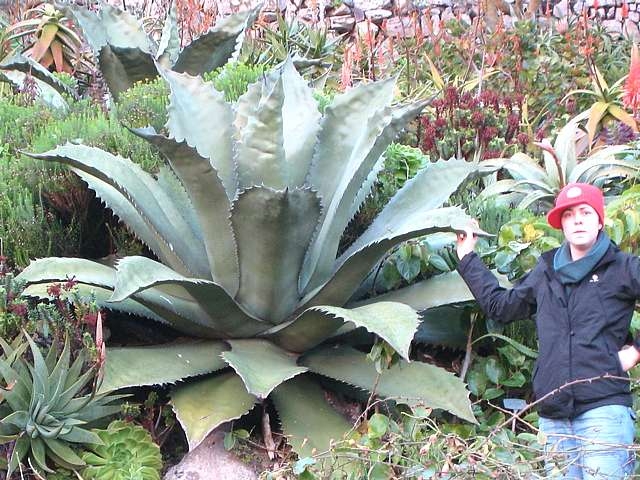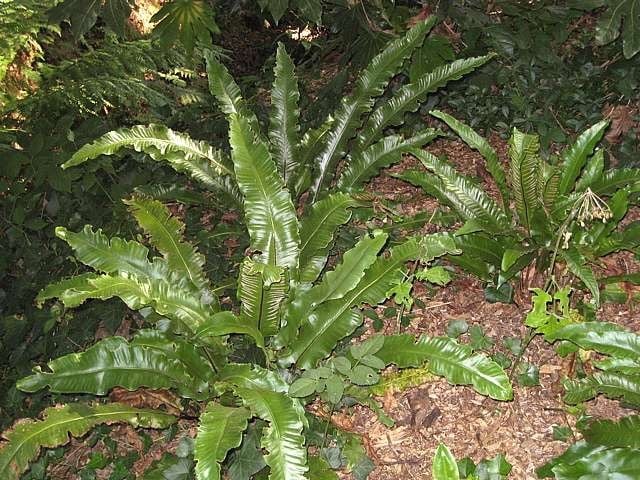Polystichum setiferum (Soft Shield Fern)
Easy to grow and more or less evergreen, it lays quite flat and forms a rosette of fronds about 3ft across. Please contact us for other stock availability and sizes.

Hardiness level Green
This fern is known as 'the type'. This means that it's the true Polystichum setiferum as opposed to all the masses of different and confusing types or forms of Polystichum setiferums.
Grows to 3ft across and 1ft high - quite flat and spreading. The easiest and most forgiving of all the ferns we do. Evergreen and soft but we'd always advise to cut these down in early March so they come back in April as fresh as a daisy. Light shade and good organic soil (see below).
If you have a new house and a new garden (especially in an area where clay predominates), the chances are that your garden has been 're-profiled' by the developers : clay compacted by heavy machinery, then covered in a few inches of topsoil. The process of turning this into a garden will be gradual and largely accomplished by your addition of organic mulch, the bacteria that breakdown the mulch and the worms that assimilate the broken down mulch into the ground. This is a part of the process of creating soil. If this is the starting point, there are lots of things that will establish and begin the process but unfortunately, ferns are not one of them. Either grow them in a pot or wait for a few years. Ferns are fuss pots and will only grow in good friable, well drained soil with lots of organic content.
Propagated by us by frond cuttings
Additional Information |
|
|---|---|
| Soil Type | |
| Light | |
| Plant Type | |
| Continent of Origin | |
| Specialist Plants | |
| Features | |
| Situation | Coastal, Mild City Gardens, Plants for Pots, Sheltered Garden |
| Hardiness | |




